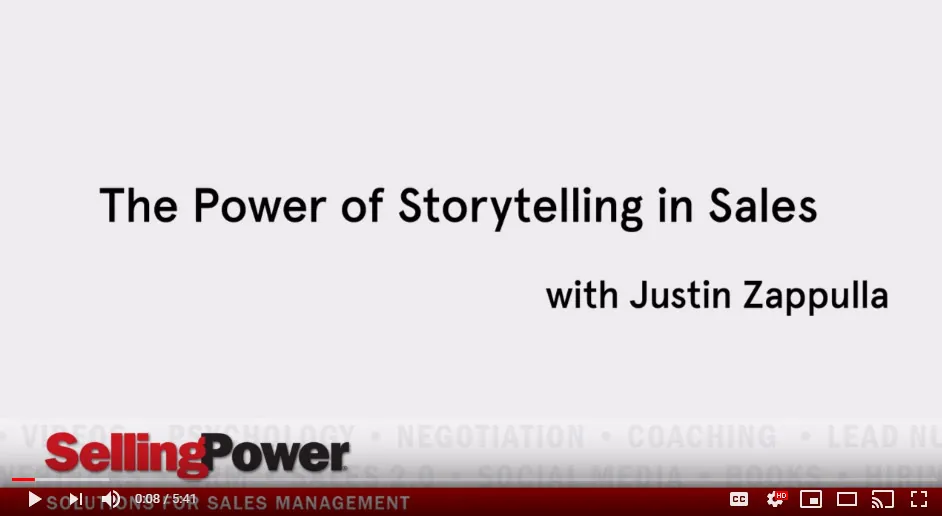How to be a More Effective Sales Coach in the Retail Sector

In recent years, numerous alarm bells have sounded and obituaries have been written in the media and elsewhere about the death of brick and mortar retail, a decline heralded by the explosion of online sales via monolithic giants such as Amazon. But the reality is far different from these apocalyptic predictions – in fact, as Gary Lee noted, despite the rapid increase in online sales, 90% of retail still occurs in brick and mortar stores. Therefore, for all the transformation of the retail space, brick and mortar still matters. But many store and assistant managers don’t often really think about sales coaching, and how it can maximize revenue and their conversion rate, even though many retailers track those metrics.
What to Consider with Frontline Employees
Shift your thinking from an operations perspective to a sales-oriented thought process.
Retail managers spend the vast majority of their time focusing on operations – filling orders, creating tasks lists, filing paperwork, etc. When they do interact with their staff, emphasis is often placed on store appearance, visual merchandising, the initial interaction (10 second greeting rule), and so on. While having a clean, well-organized and nicely laid out space is important, that in and of itself isn’t a sales driver – it’s staff’s interactions with customers that have the greatest impact. Therefore, it is critical to observe sales professionals in action with customers and ensure they have the skills to sell effectively.
Pay attention to the sales floor.
Those of us who have worked retail in any capacity (how many of us sales reps got our start at the mall in high school or college, for example) can probably tell a story of managers who spent most of their time in the back office working on administrative tasks. To really get a pulse on what’s happening, you need to walk the sales floor through the eyes of a customer – not only how soon they’re greeted, but the totality of interactions and conversations. A good rule of thumb is to spend at least 20% of your time on the floor, observing and coaching.
Study the behaviors of your sales team.
Sales literature is replete with the importance of observing non-verbal communication, and that applies to watching interactions between your sales staff and customers. Does your employee seem disinterested, constantly scanning the store, and distant in her voice? Is the customer uncomfortable or feeling pressured by an overly eager sales rep? As you learn patterns of behavior and non-verbal communication, you can train your staff to spot those physical cues as well, and modify the sales interaction based on them.
Resist the temptation to micromanage.
Given the ready availability of the team, it can be tempting to constantly check in on or monitor your sales reps. Bluntly: Don’t. While new sales hires may need more guidance as part of the onboarding process, your tenured reps – especially top performers – might resent the persistent intrusion. Trust the team. Give them breathing space and autonomy – especially after they’ve proven themselves. Granting your inside reps a measure of independence can increase job satisfaction and reduce churn.

Listen to the dialogue.
The basic principle when engaging with retail customers, particularly in high-volume locations, is to spend just as much time as necessary with them, breaking away and circling back so as to service as many people as possible. Is the employee busy chatting away about their weekend, or last night’s big game? Is the conversation in general drifting off topic?Conversely, is the employee being too pushy in trying to force a sale? Do they need to transition to a more consultative selling role and engage in more active listening? We’ve all seen or been in interactions where the employee isn’t listening to what the customer says, which leads to frustrations and lost sales.
When coaching, have a conversation, not a lecture.
While it’s tempting to ream out an employee who treated a customer poorly, causing the potential sale go from guaranteed to nonexistent, that helps no one get better. Instead, offer constructive, objective criticism based on what you saw of the interaction, and get the employee’s input on how they could improve next time. A free-flowing exchange of discussion helps your sales team trust you and accept the changes they need to make.
Model best sales practices.
To really get the most out of your retail sales team, particularly for those brands that skew younger in their salesforce, model the best sales practices for them. That includes utilizing roleplays, breaking down the interaction into its various segments – product demonstration, price objections, qualifying questions, etc. Another scenario is interacting with customers directly yourself, so that your employees can observe a supervisor in action. Of course, you’ll need to make sure that you’re intimately familiar with all stages of the sales process yourself – from first interaction to close.
Reinforce and follow through.
As with any form of teaching methodology, merely going through the explanation and discussion isn’t enough. After all the coaching and conversation, you need to do follow-up observations with your employees and see that they’re applying the techniques you’ve taught them. Another possibility is staff self-reporting – for example, an end of shift review conversation where the employees mention specific instances where they used the coaching they received, or even, in the non-holiday months (read: anywhere not November or December) having your sales team provide written documentation about how they applied the coaching and/or what they learned from the session.
While many of the basic sales coaching and training principles are universal across all channels and industries, because of the environment, and the frequency and immediacy of interactions between sales staff and customers, the methods of implementation and review in coaching are uniquely different in retail. Thus, the need for retail-specific advice we’ve given above to help your retail sales team perform to its utmost potential.

Updated 4/9/2025

- Account Planning (11)
- Awards (49)
- Client Testimonial (37)
- Personal Branding (19)
- Podcast (11)
- Research (70)
- Sales Career Development (87)
- Sales Coaching (156)
- Sales Consulting (137)
- Sales Culture (170)
- Sales Enablement (354)
- Sales Leadership (109)
- Sales Management (248)
- Sales Negotiation (16)
- Sales Prospecting (125)
- Sales Role-Playing (18)
- Sales Training (235)
- Selling Strategies (263)
- Soft Skills (70)
- Talent Management (94)
- Trusted Advisor (27)
- Virtual Selling (49)
- Webinar (9)

























